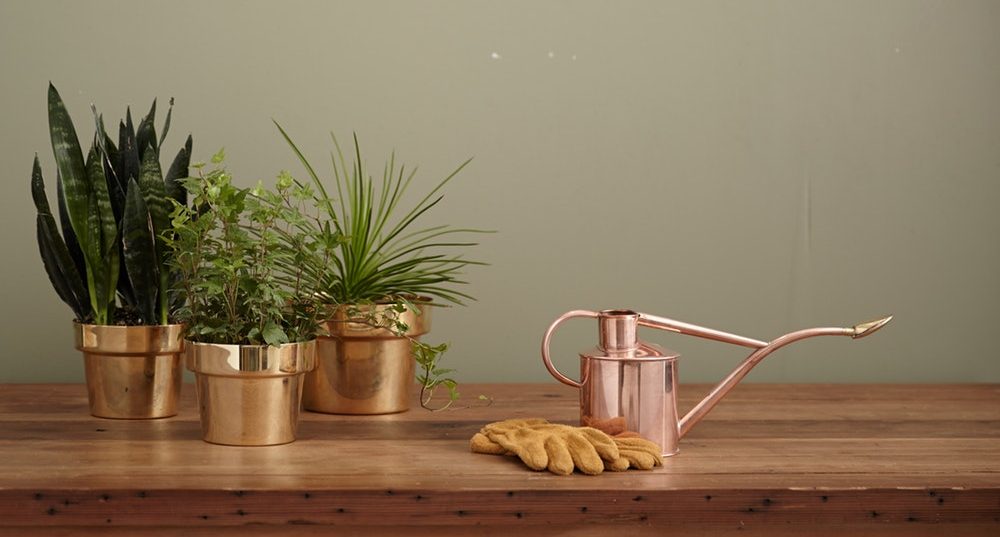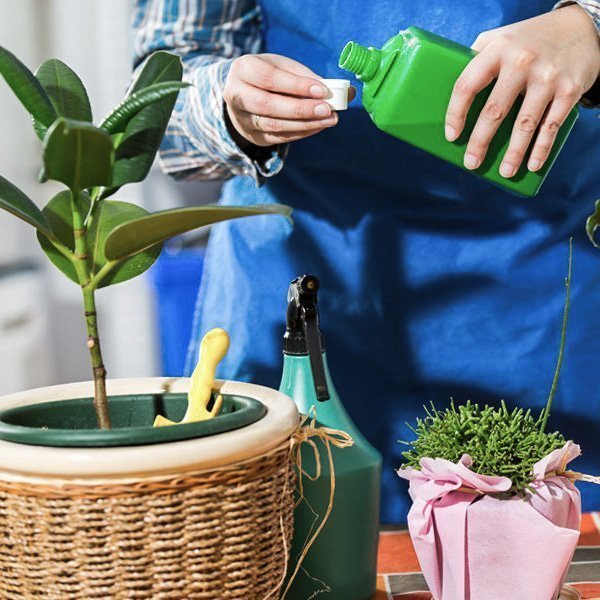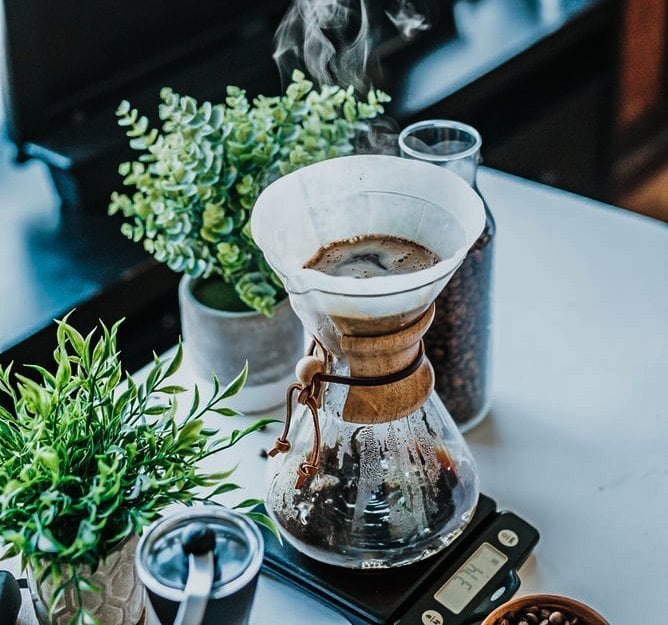Fertilizing indoor plants is often not that easy, even for experienced plant owners. When you buy a new plant, it is already pre-fertilized. Thus, it does not need to be fertilized in the first few months. If you've had your plant for a while, though, you should start fertilizing it. In this article, you'll learn how to tell if your plants need fertilizer. We will then give you tips on how best to fertilize your indoor plants so that your oasis grows excellently.
Why should you fertilize your houseplants?
Plants need nutrients to grow. Indoor plants, just like vegetable plants on the balcony or window sill, have little soil and therefore fewer nutrients available. Fertilizing your indoor plants means supplying your plants with energy. So they grow better and become more resilient. Except for a few slow-growing and sensitive plants, you should fertilize your plants regularly.

It is important that you do not fertilize your houseplants only when they show signs of deficiency. As fertilizers, nitrogen and iron are part of the basic nutrition of a plant. But be careful, mistakes can easily be made when fertilizing.
Iron deficiency in plants
Iron is an important nutrient for plants. Your houseplants need iron for photosynthesis and other important metabolic processes. Iron deficiency in plants significantly inhibits growth and flowering. Fast-growing plants are particularly susceptible. You can recognize iron deficiency by the fact that young shoots turn pale green and yellow. Since iron is what is known as an immobile nutrient, it cannot be extracted from older leaves. It therefore remains in the dead leaves and is lost to the plant.
Nitrogen deficiency in plants
Nitrogen is one of the most important plant nutrients. When plants suffer from a lack of nitrogen, growth stalls. In addition, there is a higher susceptibility to diseases and pests.
The leaves turn pale green and yellow if there is a deficiency. This also happens with iron deficiency. But unlike iron deficiency, nitrogen deficiency is not visible on the young, but on the older leaves. The background is that nitrogen is a so-called transportable nutrient. The plant transports the nutrient into the fresh shoots and slowly causes the older leaves to die off.
Another difference compared to iron deficiency is that when there is a lack of nitrogen, the leaf stalks turn red.
What is the best way to fertilize indoor plants?
Depending on which type of plant you have, it needs different amounts of fertilizer. To answer the question about the frequency of fertilizing, a short research of the needs of your plant helps. Orchids and succulents, for example, need very little fertilizer.
As a rule of thumb, fast-growing plants need more fertilizer than slow-growing indoor plants. It should be noted that, especially in summer, when the plants are growing, more fertilizer is needed than in autumn. In winter, between December and February, indoor plants are in a dormant phase. This is why houseplants should not be fertilized in winter.
Immediate help: liquid fertilizer

Liquid fertilizer is mixed directly into the water when poured. The first big advantage over solid fertilizers is that the plant can absorb the nutrients immediately. The second is that you can dose the fertilizer individually.Liquid fertilizer is a good choice, especially if your plant is suffering from a deficiency. It makes sense to fertilize regularly in small portions. In this way you ensure a constant intake of nutrients and a nice growth of the plants. When fertilizing with liquid fertilizer, it is important to ensure that the leaves do not get wet. There are many types of specialty fertilizers, but for most plants a regular houseplant fertilizer will do.
Long-term provision: solid fertilizer
So that there is no shortage of nutrients in the first place, long-term fertilizers can be used in solid form. The solid fertilizer is only added to the substrate once a month. The advantage is obvious, you have less work. On the other hand, dosing is more difficult because plants can be over-fertilized more easily.
Tip: Fertilize plants with coffee grounds

Some of you may have heard it before, you can fertilize plants with coffee grounds. Coffee grounds contain nitrogen, phosphorus and potassium, some of the important nutrients for houseplants. If you want to try it out, you can spread the coffee grounds out on a plate and let them dry. This prevents mold from forming. Then the natural fertilizer is mixed with the top layer of soil. It should be noted that coffee grounds contain only limited nutrients and are therefore only sufficient for some plants.
Here you can find out exactly how!



















Leave a comment